The 13 biggest tech fails of 2019
From deflated AirPower to a wonky Windows, some tech disappointed this year
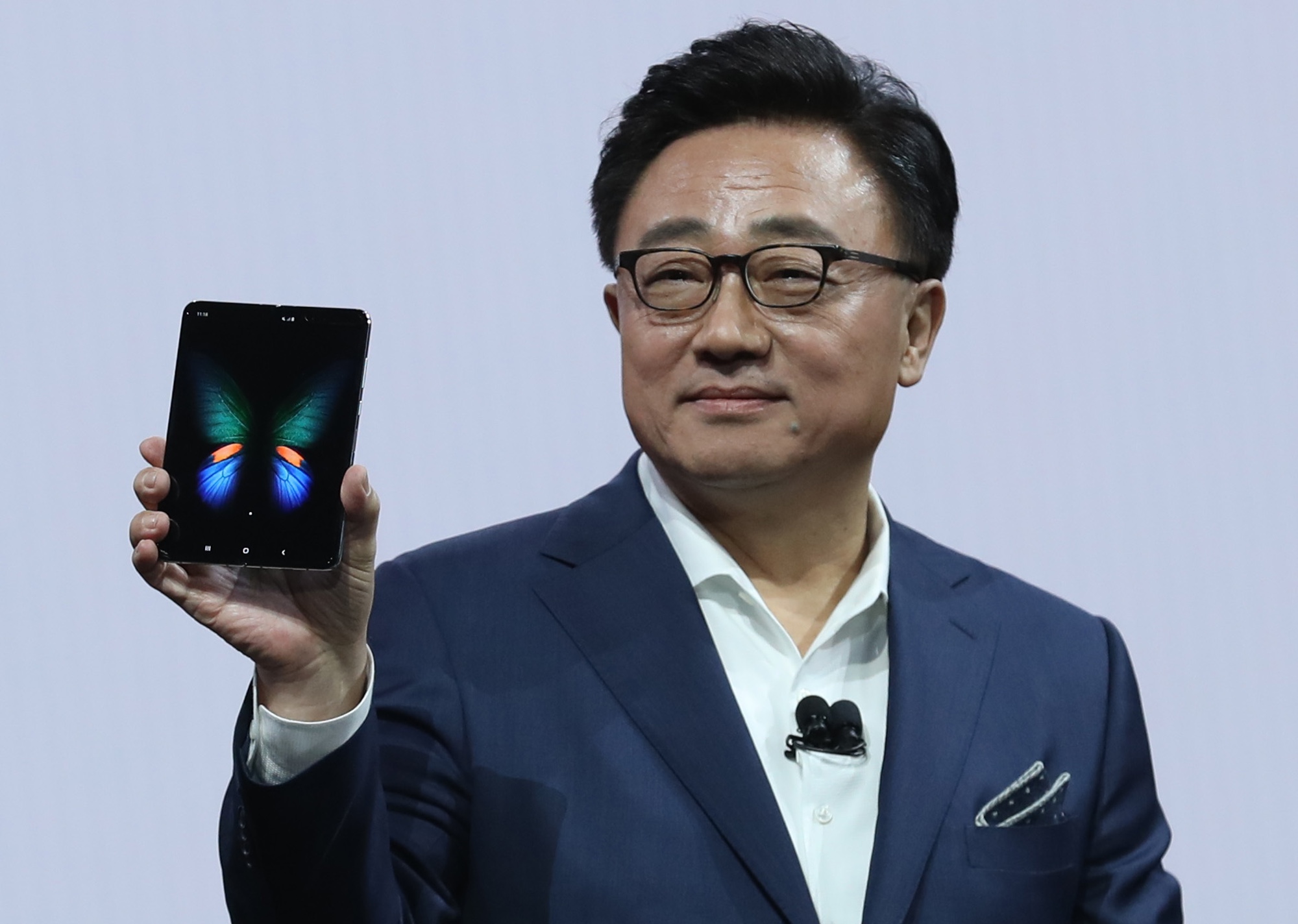
Update: We have a new list of all the tech fails of 2021.
A lot went right with technology in 2019 — we saw fantastic phones, snappy laptops and services that made possible things we couldn’t even imagine at the start of the decade. But a lot went wrong, too. And we’re here today not to hail the landmark achievements of the past year but to paint and laugh at all the times tech companies wound up with egg on their faces.
From flawed and non-existent product rollouts to yet another string of privacy breaches, these are the unlucky 13 tech fails we’ll think of when we think of 2019.
Cutting the cord on cord-cutting services

There are a lot of cable replacement services out there, but they all come with their fair share of drawbacks. From complicated channel packages, to exorbitant prices, to poor performance, there's simply no perfect option out there. At least, not anymore. Earlier this year, Sony announced that it would shut down its excellent PlayStation Vue service, leaving subscribers to scramble onto its mostly inferior competitors.
Sony has been extremely coy about PS Vue's demise, but it's possible to put a few pieces of the puzzle together. PS Vue didn't have nearly as many subscribers as competing services, and Sony was simply not interested in losing a lot of money up front, as cable replacements often have to do until their consumer base stabilizes.
Even so, the death of PlayStation Vue is bad news for cord-cutters of all stripes, whether or not you liked the service. With one fewer competitor in the market, other services have fewer incentives to update their services and keep their prices low. Sling TV, for example, raised its prices just a few days after PS Vue subscribers received their final bills.
PlayStation Vue also pioneered a number of things that people take for granted in cable replacements now, from DVR functionality to high-framerate sports. Without Sony in the market to innovate, the streaming space already seems a little bleaker. — Marshall Honorof
Get instant access to breaking news, the hottest reviews, great deals and helpful tips.
Equifax stiffs people on their settlement money
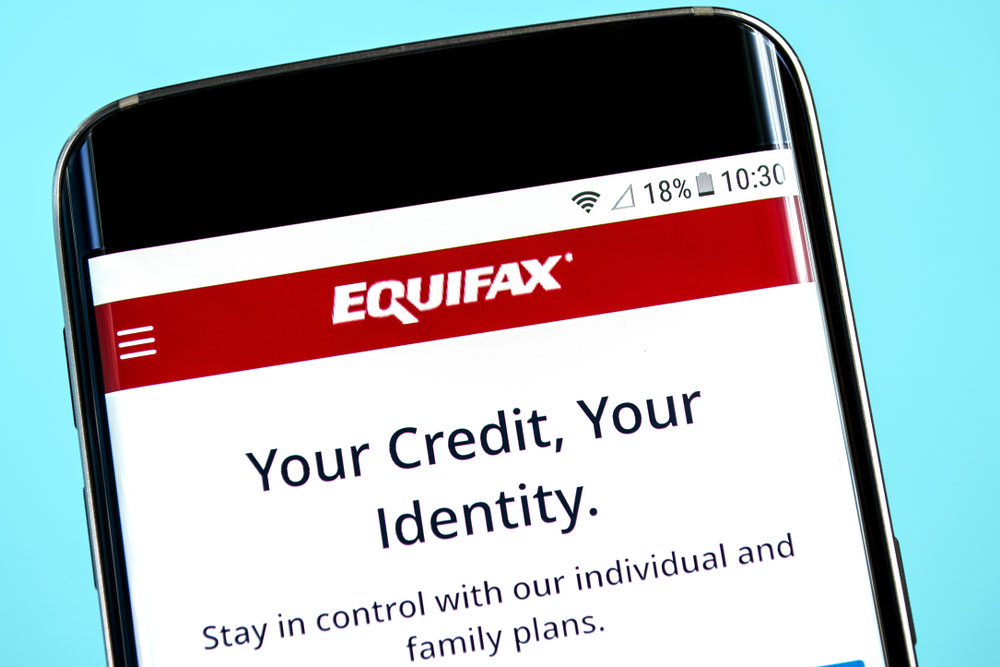
Talk about adding insult to injury. In 2017, a security breach at credit-monitoring firm Equifax exposed details like names, birth dates, addresses and Social Security numbers of up to 147 million people. The breach was possible because Equifax didn’t patch a known software vulnerability.
Equifax’s settlement with the government — in which the credit-monitoring firm admitted no wrongdoing — set aside some money to compensate people affected by the breach. Just one problem: Equifax only set aside $31 million for payouts to people affected by the breach. Slice up that number by 147 million, and you’ll wind up with a total that’s nowhere near the $125-per-person settlement that Equifax had originally offered.
That’s why, in August, the Federal Trade Commission suggested you should file for free identity monitoring and credit protection in lieu of a cash payout. One of the firms providing those services? Equifax, which is why you found yourself in this identity-theft fix in the first place. — Philip Michaels
AirPower, dead at last
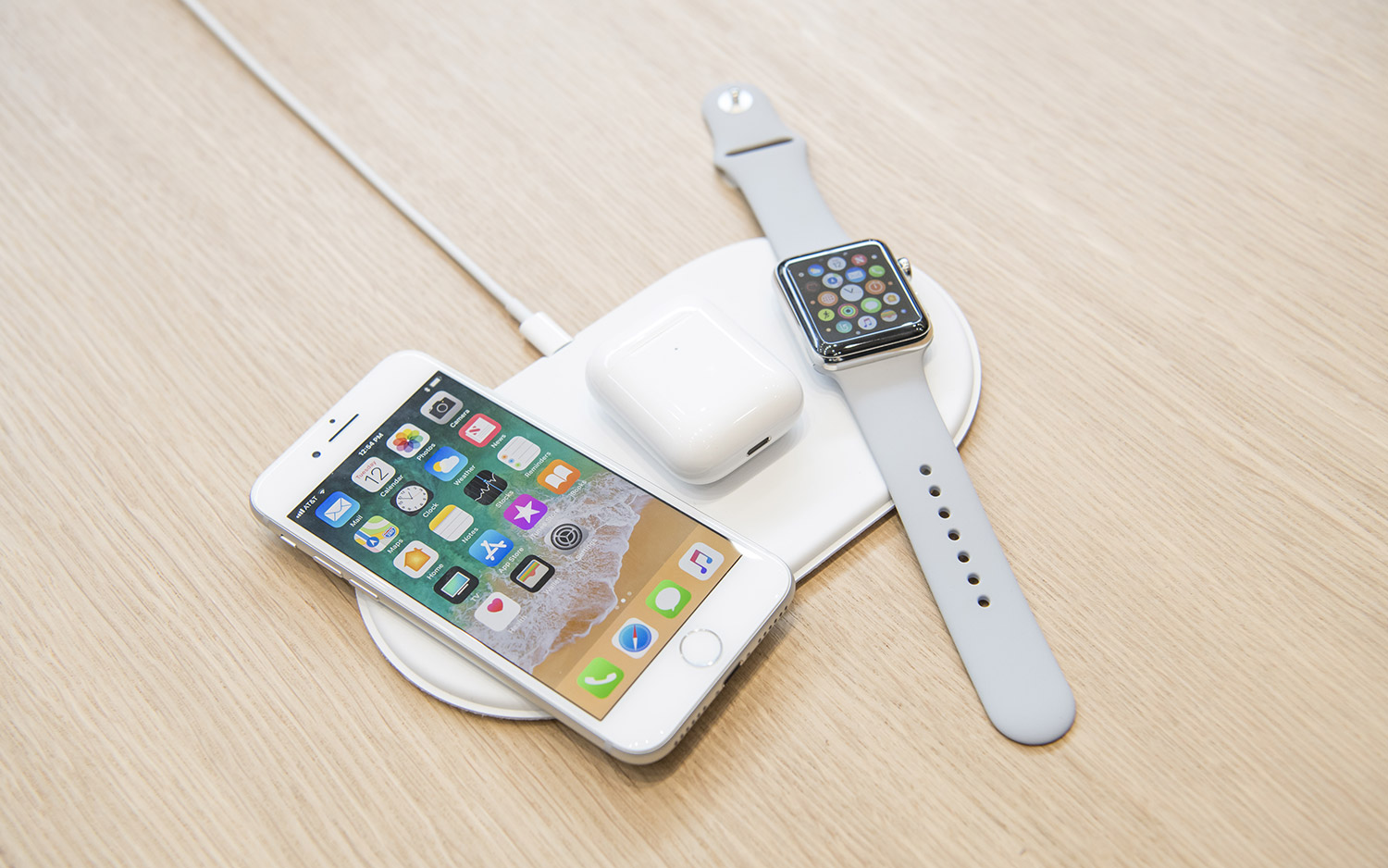
It takes a special kind of product to make the list of tech fails two years in a row, but then again, there’s something unique about Apple’s AirPower charging mat. We’ll never see its like again — or indeed, ever at all, since it never actually shipped.
A quick recap: Apple introduced AirPower at a Sept. 2017 press event — the same place it showed off the iPhone X — with a promise that the Qi-compatible charging mat would arrive in 2018. It is no spoiler to tell you that the AirPower did not arrive that year nor this year, and it will not appear in any year to come. This past March, Apple finally pulled the plug on its charging pad, a mere 18 months after promising it was on the way.
"After much effort, we've concluded AirPower will not achieve our high standards and we have cancelled the project," said Apple senior vice president of hardware engineering Dan Riccio, when announcing the end of our AirPower dreams. And for that, Apple deserves some credit for not stubbornly pushing out a substandard product — like, say, a laptop keyboard —and hoping no one would notice its flaws. — Philip Michaels
Another buggy Windows update

Windows 10 usually works pretty well, but when breaks, it doesn't break halfway. This year, it seems like something went wrong with Windows Update every other month. First, there was a bug that prevented users from installing new updates — which, as you can imagine, made it pretty difficult to get a patch out.
The hits kept coming as the year progressed. Windows Update wouldn't work if you had a USB device plugged in. Windows Update turned your whole screen orange. Windows Update broke your Start menu. Windows Update caused the Blue Screen of Death. Windows Update wouldn't install important security fixes. Windows Update broke Windows. And so forth.
Windows 10 is a huge operating system, and any number of things can go wrong. No one expects the OS to run perfectly at all times — but users do expect Microsoft to patch things in a timely and efficient manner. When the updater itself runs the risk of making things worse, it puts users in an impossible situation: Update and break something, or don't update and live with something that's already broken.
To its credit, Microsoft does at least put out updates frequently and address security holes quickly. Let's hope that the patches are a little more stable in 2020. — Marshall Honorof
Apple’s butterfly keyboard fiasco
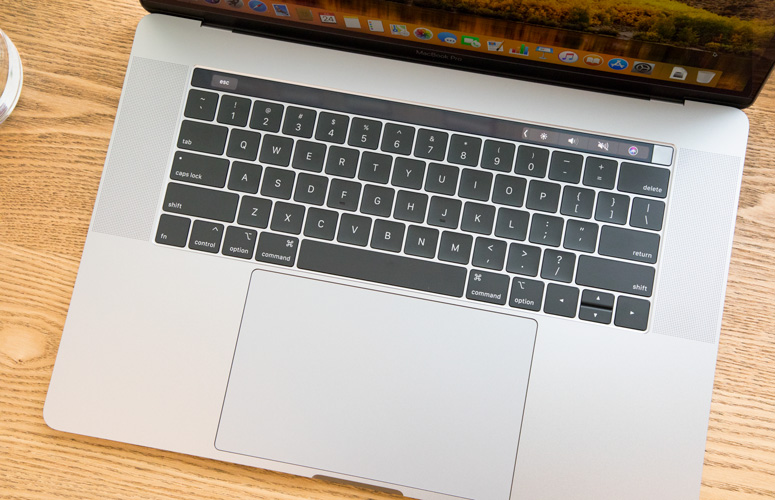
Apple began to right the wrongs of its past this fall, stomping out the winged Butterfly keyboard switches that plagued users since they introduced it in the 2015 MacBook. Originally advertised as enhancing key stability by 4x , the switch named for its wing-like design was quickly derided by many for its shallow amount of key travel , which created an uncomfortable typing experience. Sure, their thinner design helped Apple accomplish the super thin 12-inch MacBook, but at what cost?
But then, Apple decided that it would spread these thin keys around, bringing them to the MacBook Pro in 2016. But video evidence popped up that these keys are failure-prone, leading to stuck keys and keys that input your click twice. Yoou knoow, soo your typng woould looook lke ths, without the proper use of the O, I and space bar. Apple then unveiled a keyboard service program for MacBooks, to replace failing keyboards. But even Apple's repairs were flawed, originally taking multiple days to swap in a fresh keyboard, with some replacement keyboards just as prone to failure.
In March, the company apologized for the failing keys and claimed that the 'vast majority' were OK in the same breath. In July, it released a slight update to the MacBook Air and in August, it updated the MacBook Pro. Both kept the Butterfly-switch keyboard, despite increasing rumors that a new MacBook keyboard was coming. In November, Apple finally made the change we were waiting for, introducing a new 16-inch MacBook Pro that features scissor-switch keys.
Sadly, the story of Apple's no-good MacBook keyboards isn't over. Apple's still selling the MacBook, MacBook Air and 13-inch MacBook Pro laptops with the Butterfly switches. This means that many who are in need of a new laptop — myself included — are finding themselves waiting until 2020, when the rest of Apple's laptop line is expected to get that new-but-actually-old keyboard. That Apple spent 4 years trying to fix an already-solved problem is still a confusing situation for me, but I'm just happy that I'm finally going to be able to look at new MacBooks and only feel annoyed by the lack of USB-A ports and the still-useless Touch Bar. — Henry T. Casey
Magic Leap makes $2.6 billion disappear
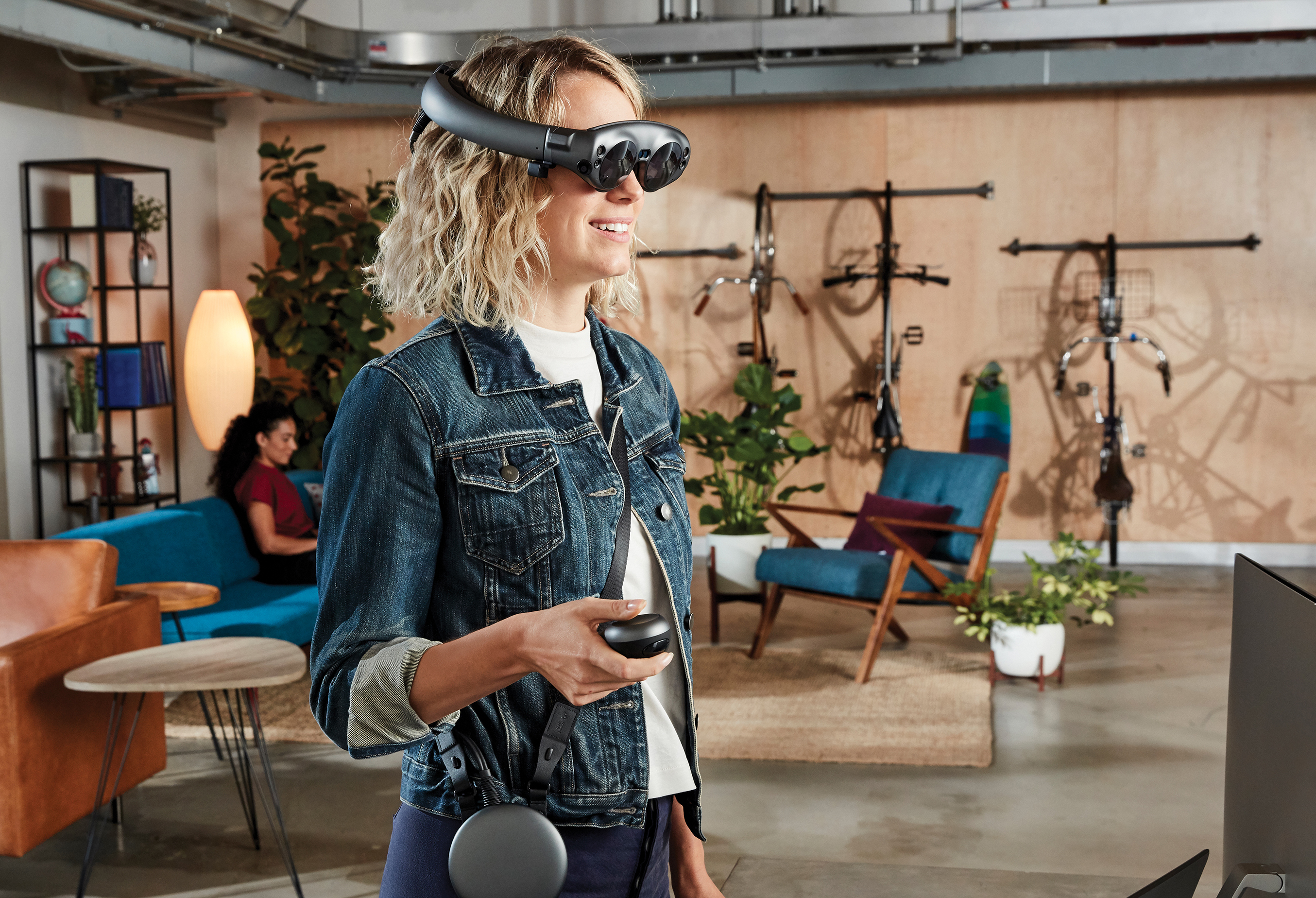
Weren’t we all supposed to be walking around with augmented reality glasses by now, immersing ourselves in virtual worlds and reaching and touching lifelike graphics floating in front of our wide-with-wonder eyes? Because we are most definitely not doing that, as the early hype of whatever reality tech companies are peddling — augmented, virtual or mixed — certainly hasn’t produced any breakout products.
No company has embodied the unfulfilled promise of AR quite like Magic Leap, a superhot start-up that raised $2.6 billion in funding, produced the Magic Leap One headset and then basked in the indifference of consumers. Magic Leap’s glasses don’t have a great field of view — when we tested Magic Leap ourselves, it wasn’t exactly immersive, with picture-boxed visuals that looked like you were watching a virtual diorama — and the available apps are hardly of the must-have variety. Then there’s the not-at-all small matter of the headset’s $2,295 price, which makes foldable phones seem like something you’d buy at a 99-cent store.
Given all those issues, a report that Magic Leap has sold all of 6,000 headsets isn’t terribly surprising. Here’s hoping that something comes along in 2020 that makes mixed reality one we want to experience. — Philip Michaels
Apple’s embarrassing FaceTime bug

It’s never a good sign when a company has to disable a feature so that the rest of us can’t use it, but that’s exactly what Apple had to do for a brief period in February with group FaceTime chats. The reason? A teenager discovered that if you made a FaceTime call and then swiped up on the screen to add someone else’s number before the original call picked up, you could listen in on the other person even if they never answered your call.
In the end, Apple fixed the bug and even issued an apology, but it would be a mistake to chalk this up as a no harm/no foul situation. The FaceTime bug is another reminder that we’ve placed our privacy and security in the hands of other people who aren’t always up to the task. — Philip Michaels
Huawei and Trump: Not a love story
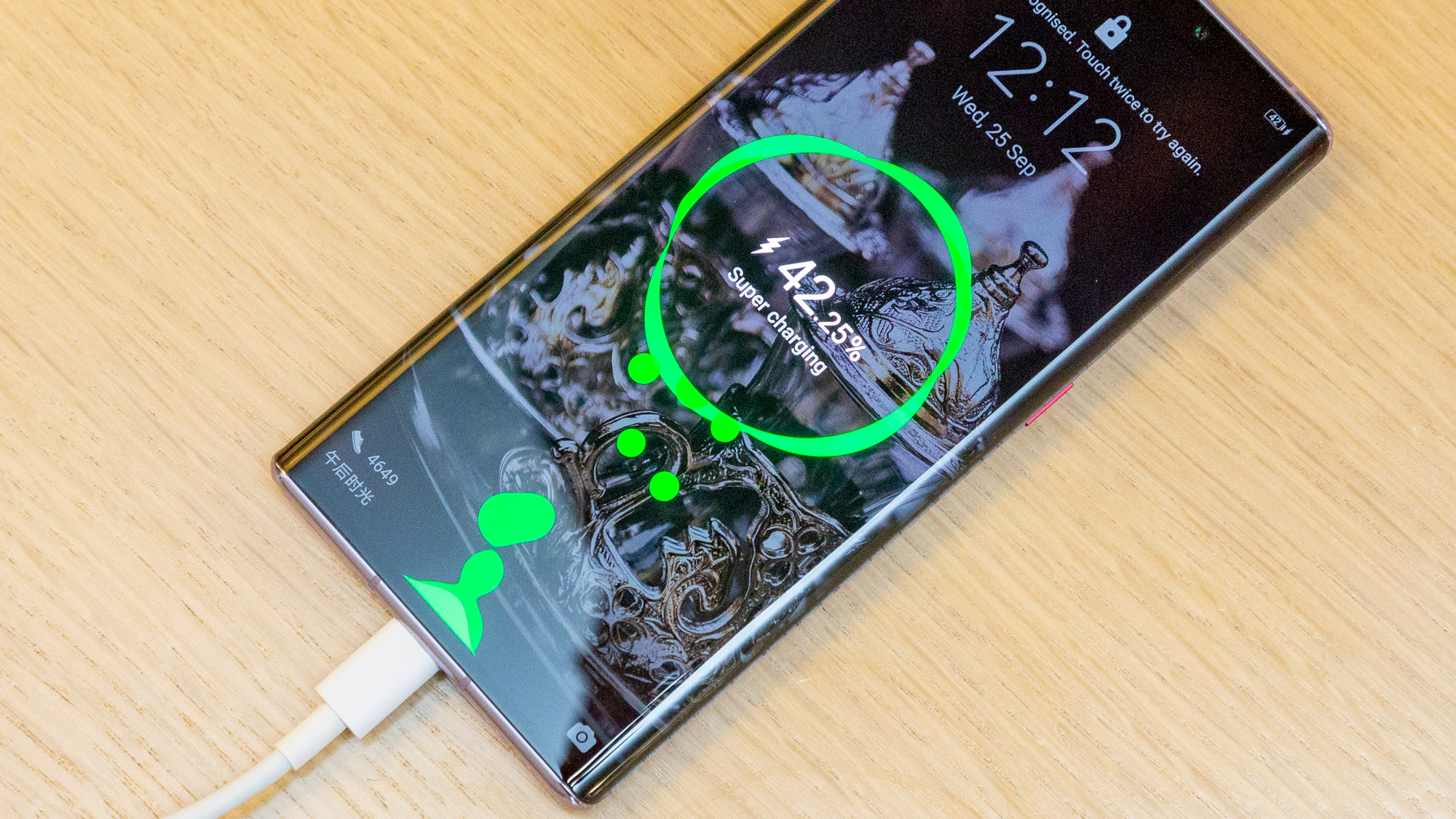
Whatever kind of year you had, it’s a safe bet it was probably better than Huawei’s 2019. The Chinese phone giant has found itself in the crosshairs of the Trump administration, as part of the ongoing trade war in China.
The U.S. government’s long-standing suspicion of Huawei came to a head this year on several fronts. First, it brought charges against Huawei, alleging fraud and trade secret theft. The U.S. is also trying to extradite Meng Wanzhou, who’s not only Huawei’s chief financial officer but also the daughter of the company’s founder.
Wait, it gets more awkward. In May, the U.S. Department of Commerce added Huawei to a blacklist, claiming a national security threat. That blocks U.S. firms from doing business with Huawei without permission, including providing the software and parts that Huawei needs for its phones. We’re already seeing some of the impact of that, with Huawei postponing the launch of a new Matebook and releasing smartphones like the Mate 30 Pro that have no Google software or access to the Google Play store. That effectively makes the phone unusable outside of China.
With China and the U.S. continuing to joust over trade as head into a new year, don’t expect the pressure on Huawei to ease up any time soon. — Philip Michaels
Ring’s privacy black eyes
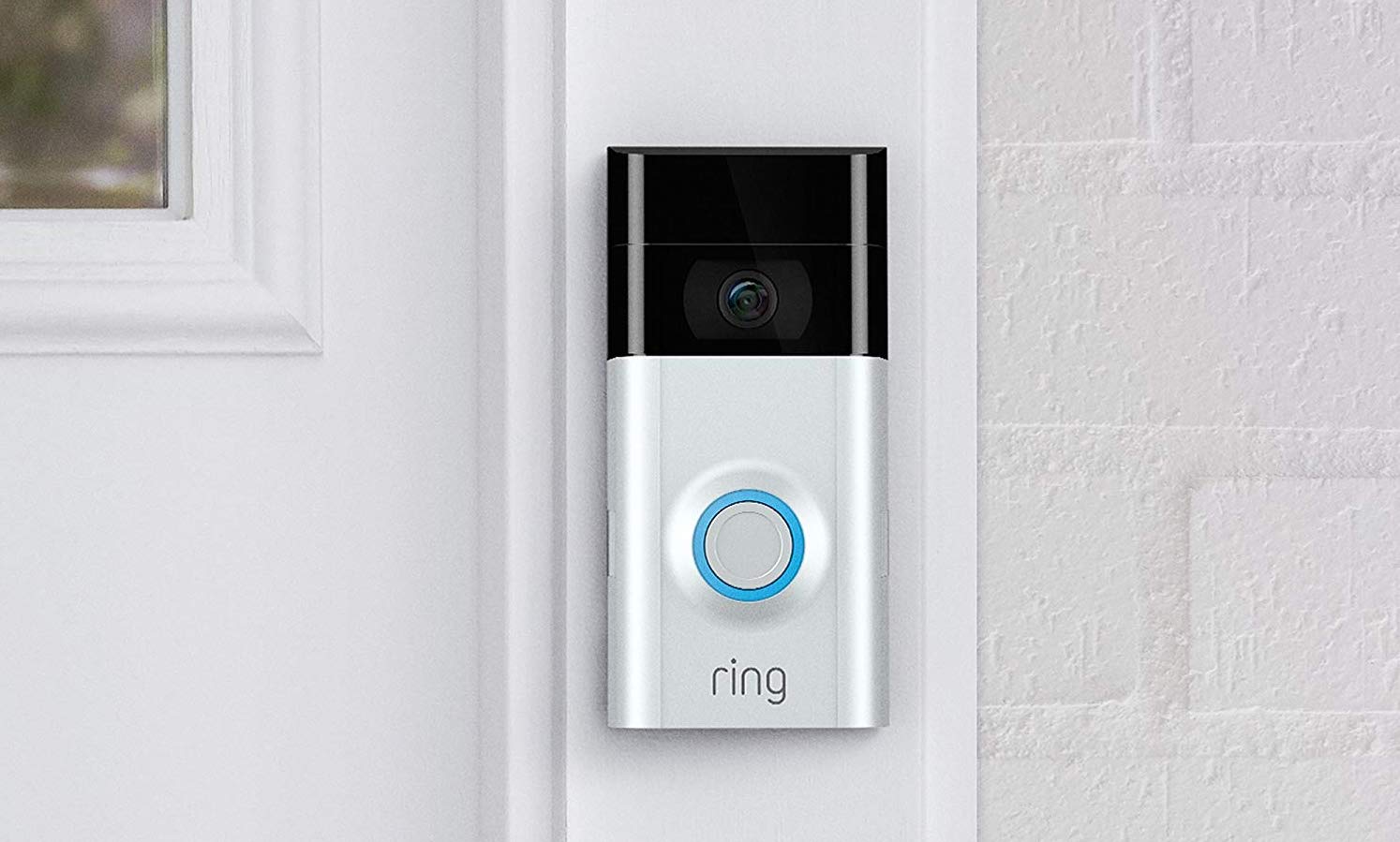
You shouldn't put an Internet-connected security camera in your home. I feel like a broken record, but this bears repeating. Any device that has an operating system can be hacked, and any device that connects to the Internet can be hacked remotely. Ring, a popular line of smart doorbells and security cameras, learned this lesson the hard way recently.
First, the Mozilla Foundation criticized Ring for holes in its privacy and security protocols. Ring, however, brushed off the criticism, promising that its encryption was strong enough to handle anything hackers could throw at it. However, hacking proved to be totally unnecessary, as Ring's own software was leaking significant details about where each user lived.
Things got even worse when Motherboard revealed the existence of NulledCast: a Discord server where users would guess the usernames and passwords of various Ring cameras, harass the owners and broadcast their shenanigans to the world in real time. The only saving grace was that this wasn't technically Ring's fault; most of the username and password data came from old, unrelated data breaches at other companies.
A few weeks later, though, Ring's own data leaked onto the Internet — more than 3,600 accounts, to be precise, complete with usernames, passwords and even which room each camera was in. While Ring categorically denies a data breach, the fact is that someone, somehow had access to this information and made it public.
If Ring can't safeguard its own privacy, why would you trust it with yours? — Marshall Honorof
Google Stadia’s lackluster debut
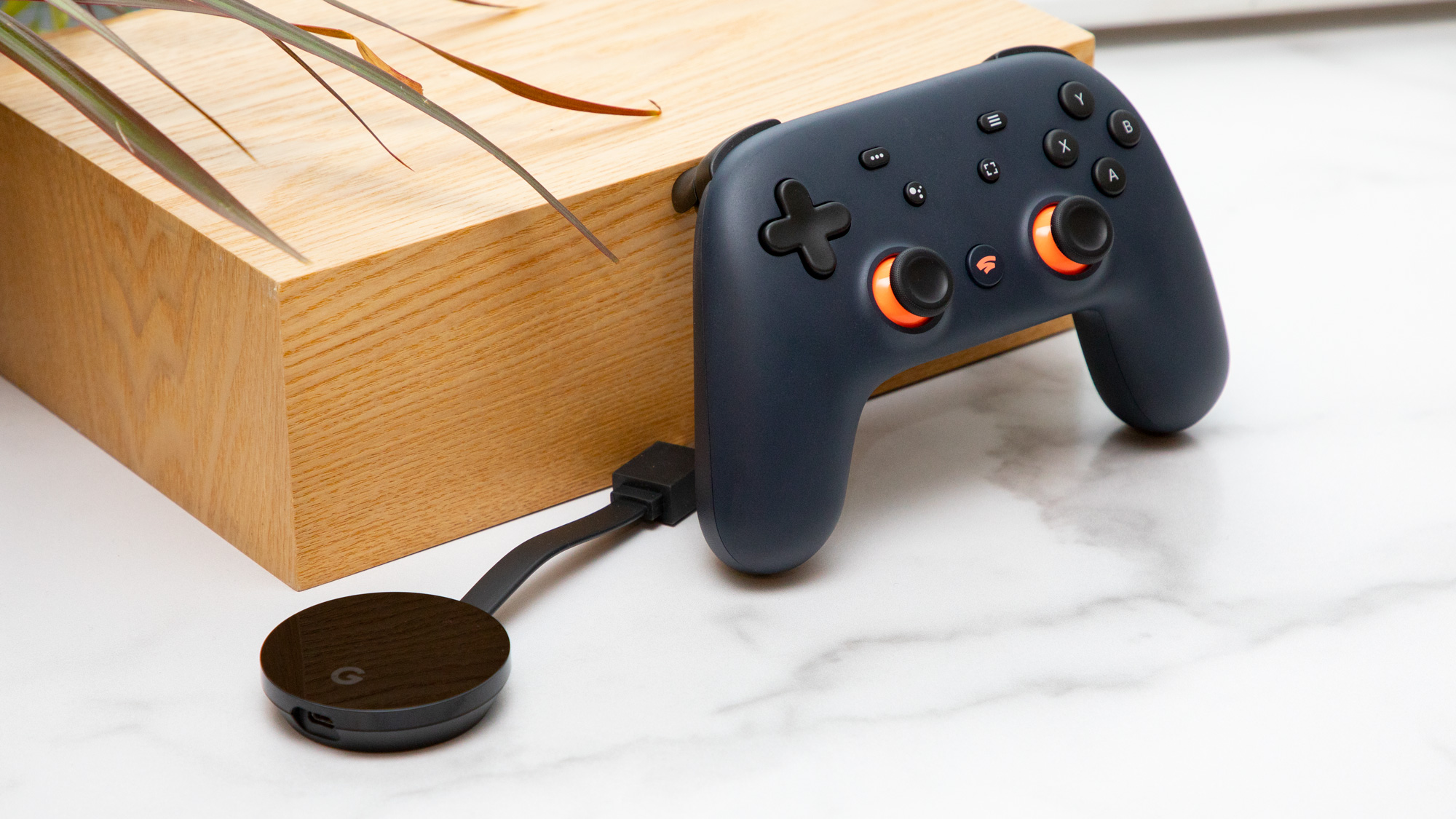
When Google first announced its Stadia platform at GDC 2019, the company promised nothing less than a paradigm shift. Google Stadia wasn't a game console; it was a platform for streaming games from the cloud onto screens you already had in your home. You'd buy games directly from Google, then play them on your TV, computer or smartphone seamlessly.
The actual experience, however, is a little more complicated than promised. First off, the game-streaming technology does work as advertised, provided that you have a strong enough connection. But you need to have pre-ordered the $129 Google Stadia Founder's Edition — or buy a $129 Premiere Edition now. You also need a $10-per-month Stadia Premiere subscription — which you'll need in perpetuity if you wish to play games at 4K resolutions.
A whole host of other small problems drag the Stadia experience down. Setup is a royal pain; background textures in games often look fuzzy; the controller isn't wireless with computers or smartphones; smartphone support isn't available for most Android devices or any iOS devices yet; there's only one exclusive Stadia game; the game library is small and growing slowly — the list goes on.
But the most damning thing about Stadia is that it's simply hard to determine who could benefit from using it. Consoles and PCs offer most of the same features much more reliably, and they won't kick you out of your game if your Internet connection blinks. — Marshall Honorof
The Galaxy Fold stumbles out of the gate
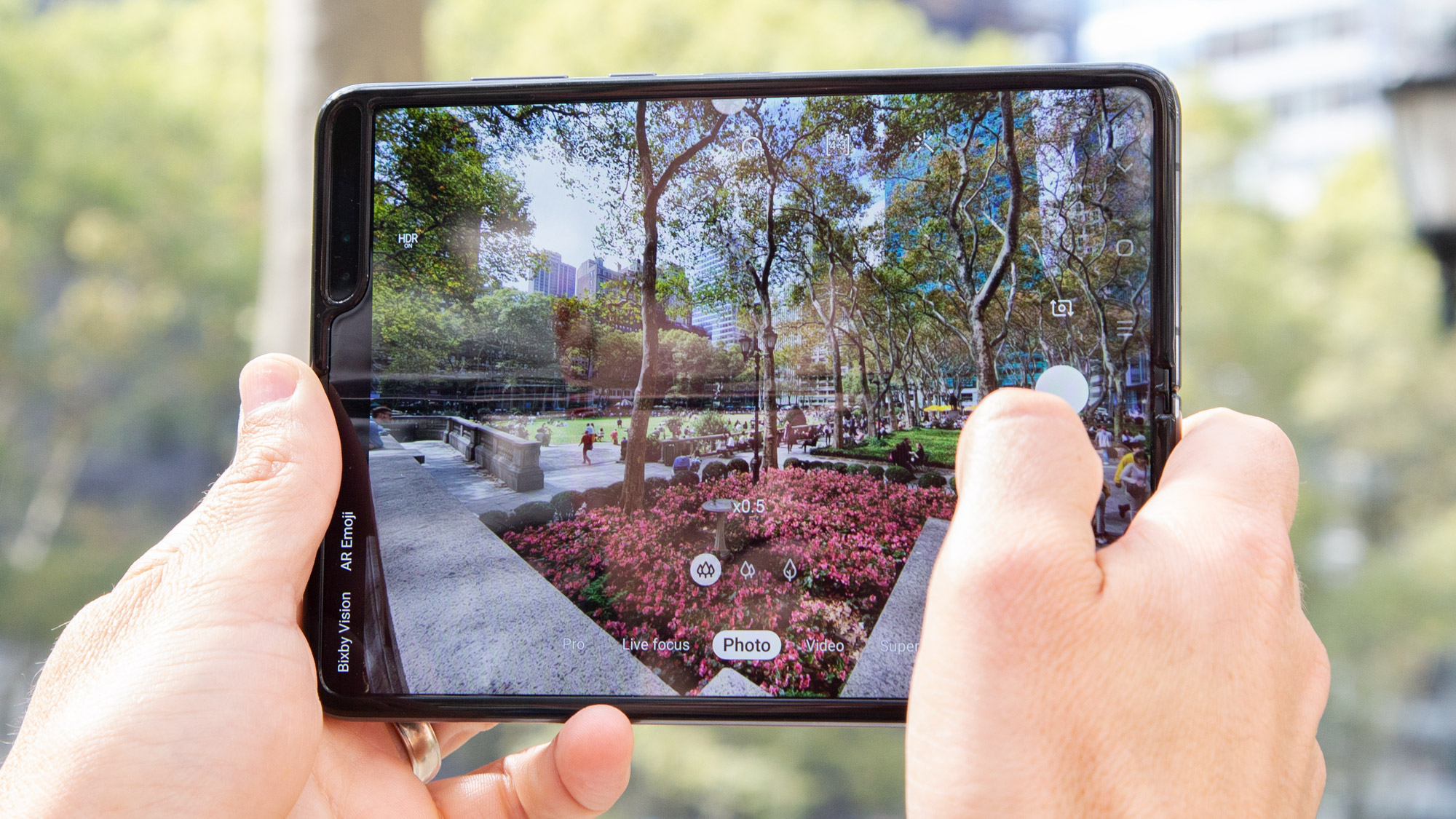
Samsung wowed us at the start of the year by revealing a phone that could open up like a book, revealing a larger screen inside. By the end of the year, the Galaxy Fold had arrived, ushering in the foldable phone era. And what happened in between… well, that’s a part of the story that Samsung would just as soon forget.
The Galaxy Fold was actually supposed to arrive in April, not September, but the units the company provided to reviewers ran into several problems. In one instance, the protective film over the Fold’s screen proved too easy to peel back, damaging the display. In another case, debris got in between the Fold’s hinge and its display, which made the screen inoperable. Samsung fixed those problems, but it took a few months to get things right. DJ Koh, thee head of Samsung’s mobile business, called the entire launch “embarrassing.”
Maybe Samsung shouldn’t feel so bad. Huawei delayed the launch of its foldable Mate X phone, too, ultimately restricting the launch to China to avoid a Galaxy Fold-level misstep. Even Motorola has pushed back the launch of its foldable Razr flip phone, though the company says that’s due to higher-than-expected interest. As it turns out, getting smartphone screens to fold is tougher than it looks. — Philip Michaels
Pick a Facebook fail, any Facebook fail
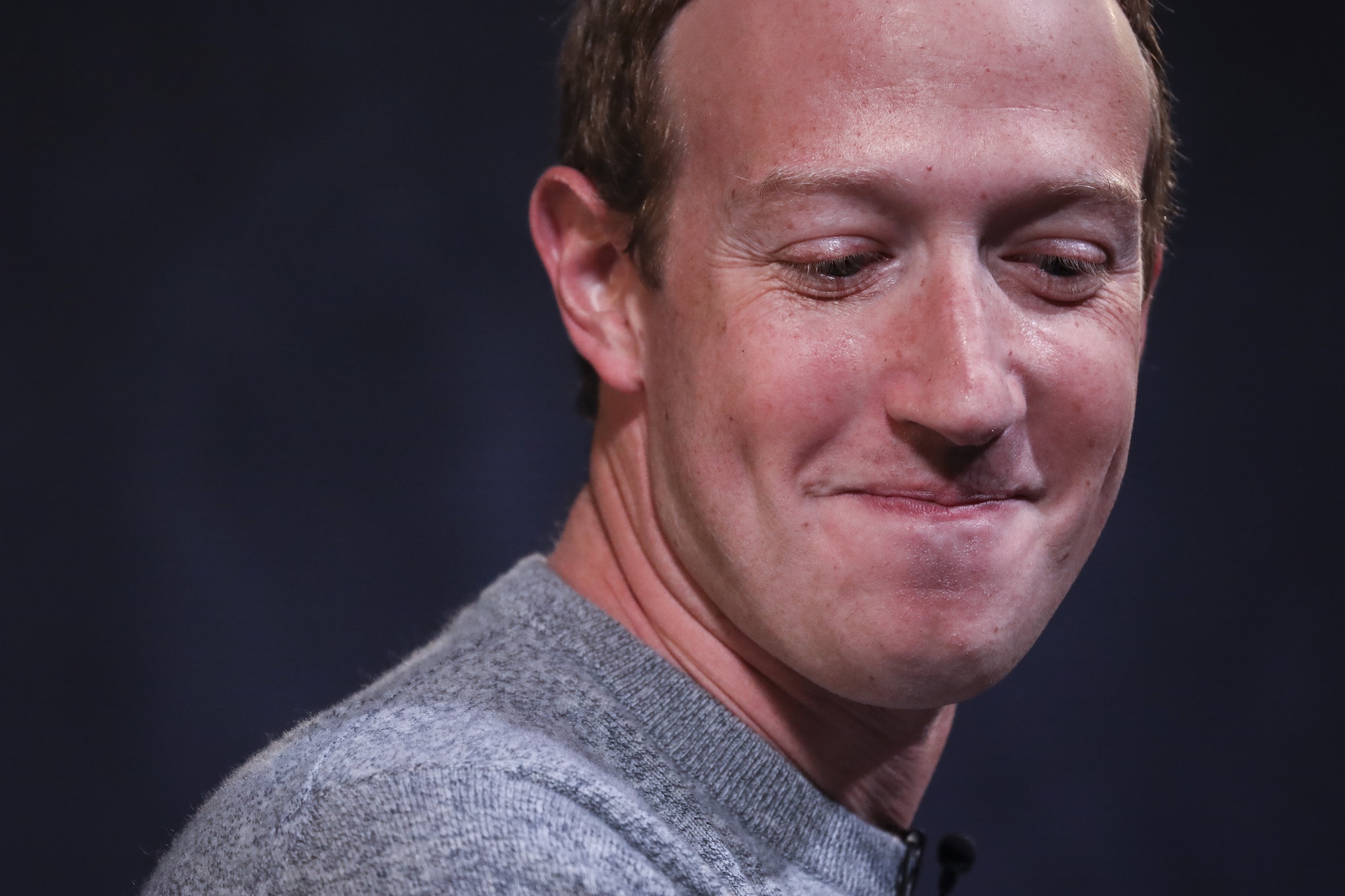
Putting together a list of the year’s biggest fails in tech without including Facebook would be like… well, having a faltering democracy without Facebook. You can literally skim through the headlines and pick any Facebook mishap at random.
Should Facebook’s biggest fail be the fact that Android apps share your data with the social network even if you don’t have a Facebook account? Or that time Facebook user data was found unprotected on Amazon cloud servers? Or that other time Facebook uploaded the contact lists of 1.5 million users who gave the company their passwords? And just this month the Facebook records of 267 million people were found in an unsecured database.
So many Facebook fails to choose from. And yet the company’s biggest blunder of all is that Mark Zuckerberg — the man with whom the buck apparently does not stop — is still in a job. — Philip Michaels
Google, Apple and Blizzard drop the ball on Hong Kong protests

It's a good year to be an apologist for China, at least in the tech space. While the East Asian superpower continues to crack down on free speech and democratic protest, huge tech companies seem eager to side with the government over the citizenry. Google, Apple, and Blizzard have all acquiesced to Chinese pressure, leaving Hong Kong protesters out to dry in the process.
The political situation in Hong Kong is too complicated to describe here, but to sum it up briefly: citizens of Hong Kong have been protesting threats to their democratic rights. The Chinese government has reacted violently to these protests, while trying to downplay the severity of these events overseas.
While American tech companies are in a great position to help the citizens of Hong Kong, they've elected to aid the Chinese government instead. The two companies pulled a number of apps from the iOS and Android stores, including "HKmap.live," which helped citizens organize, and "The Revolution of Our Times," which cast players as Hong Kong protesters. While Apple makes a lot of money in China, Google's presence there is relatively small, making its actions all the more baffling.
Blizzard was arguably even more brazen, suspending a professional Hearthstone player, Blitzchung, after he tweeted a statement of support for the Hong Kong protesters. The company took away about $10,000 of his prize money, and forbade him from competing again for a year.
Technology can empower people — but it can also empower oppressive systems. In doing the latter, some very influential companies let a lot of people down this year. — Marshall Honorof

Tom's Guide upgrades your life by helping you decide what products to buy, finding the best deals and showing you how to get the most out of them and solving problems as they arise. Tom's Guide is here to help you accomplish your goals, find great products without the hassle, get the best deals, discover things others don’t want you to know and save time when problems arise. Visit the About Tom's Guide page for more information and to find out how we test products.
